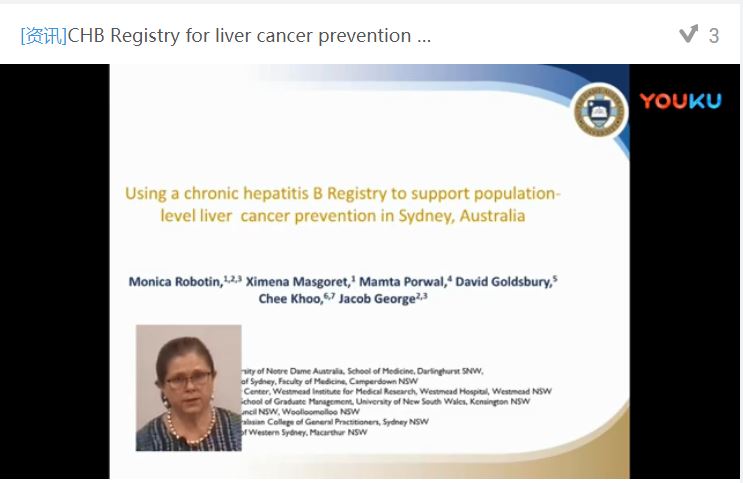9 0 5 7 8
论文已发表
注册即可获取德孚的最新动态
IF 收录期刊
- 2.6 Breast Cancer (Dove Med Press)
- 3.9 Clin Epidemiol
- 3.3 Cancer Manag Res
- 3.9 Infect Drug Resist
- 3.6 Clin Interv Aging
- 4.8 Drug Des Dev Ther
- 2.8 Int J Chronic Obstr
- 8.0 Int J Nanomed
- 2.3 Int J Women's Health
- 3.2 Neuropsych Dis Treat
- 4.0 OncoTargets Ther
- 2.2 Patient Prefer Adher
- 2.8 Ther Clin Risk Manag
- 2.7 J Pain Res
- 3.3 Diabet Metab Synd Ob
- 4.3 Psychol Res Behav Ma
- 3.4 Nat Sci Sleep
- 1.9 Pharmgenomics Pers Med
- 3.5 Risk Manag Healthc Policy
- 4.5 J Inflamm Res
- 2.3 Int J Gen Med
- 4.1 J Hepatocell Carcinoma
- 3.2 J Asthma Allergy
- 2.3 Clin Cosmet Investig Dermatol
- 3.3 J Multidiscip Healthc

Using a chronic hepatitis B Registry to support population-level liver cancer prevention in Sydney, Australia
Authors Robotin MC, Masgoret X, Porwal M, Goldsbury D, Khoo C, George J
Received 13 July 2017
Accepted for publication 31 October 2017
Published 21 December 2017 Volume 2018:10 Pages 41—49
DOI https://doi.org/10.2147/CLEP.S146275
Checked for plagiarism Yes
Review by Single-blind
Peer reviewers approved by Dr Colin Mak
Peer reviewer comments 3
Editor who approved publication: Professor Vera Ehrenstein
Background: Approximately 1% of Australians have chronic hepatitis B (CHB),
which disproportionately affects people born in hepatitis B-endemic countries.
Currently, approximately half of the people affected remain undiagnosed and
antiviral treatment uptake is suboptimal (~5%). This increases the likelihood
of developing end-stage disease complications, particularly hepatocellular
cancer (HCC), and largely accounts for the significant increases in HCC
incidence and mortality in Australia over the last decades. As our previous
economic modeling suggested that CHB screening and treatment is cost-effective,
we tested the feasibility of a primary care-based model of CHB diagnosis and
management to prevent HCC.
Materials and methods: From 2009 to 2016, the B Positive program trialed a
CHB screening and management program in an area of high disease prevalence in
Sydney, Australia. Trained local primary care providers (general practitioners)
screened and managed their CHB patients using a purpose-built CHB Registry and
a risk stratification algorithm, which allocated patients to ongoing primary
care-based management or specialist referral.
Results: The program enrolled and followed up >1,500 people
(25% of the target population). Their median age was 48 years, with most
participants being born in China (50%) or Vietnam (32%). The risk
stratification algorithm allocated most Registry participants (n=847 or 79%) to
primary care-based management, reducing unnecessary specialist referrals. The
level of antiviral treatment uptake in Registry patients was 18%, which was the
optimal level in this population group.
Conclusion: This pilot program demonstrated that primary
care-based hepatitis B diagnosis and management is acceptable to patients and
their care providers and significantly increases compliance with treatment
guidelines. This would suggest that scaling up access to hepatitis B treatment
is achievable and can provide a means to operationalize a population-level
approach to CHB management and liver cancer prevention.
Keywords: hepatitis B
Registry, primary care, cancer prevention, antiviral treatment, risk
stratification
摘要视频链接:CHB Registry for liver cancer
prevention
